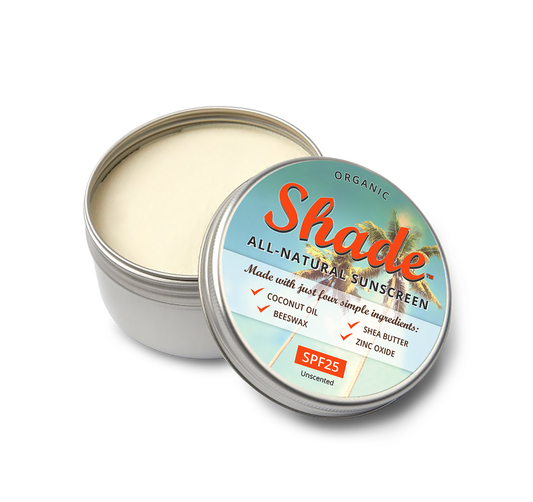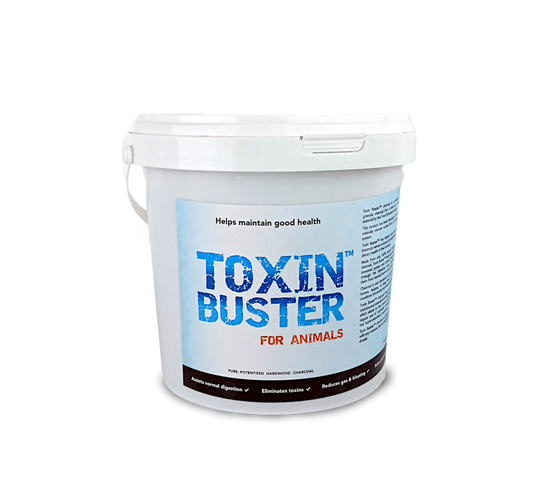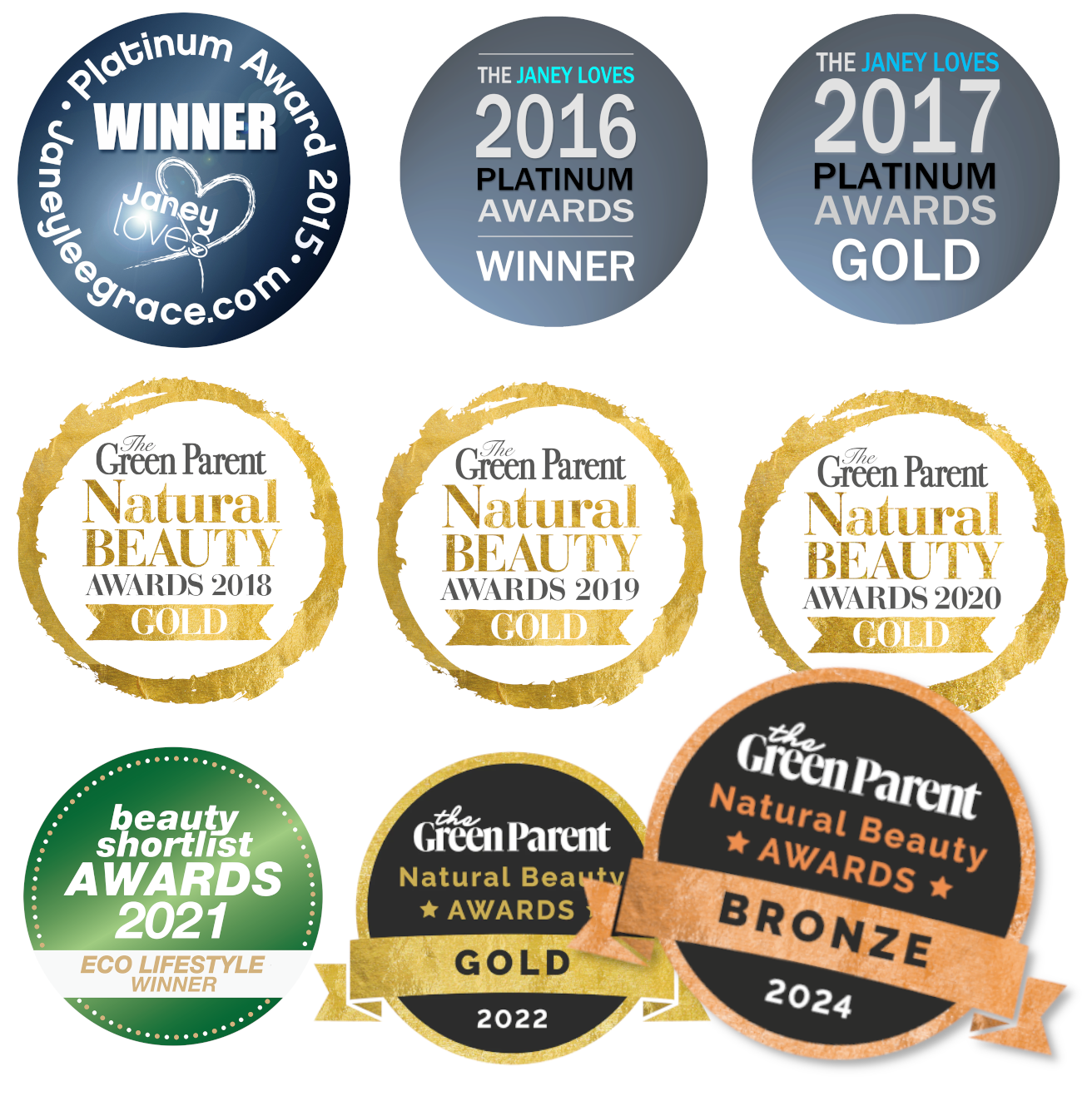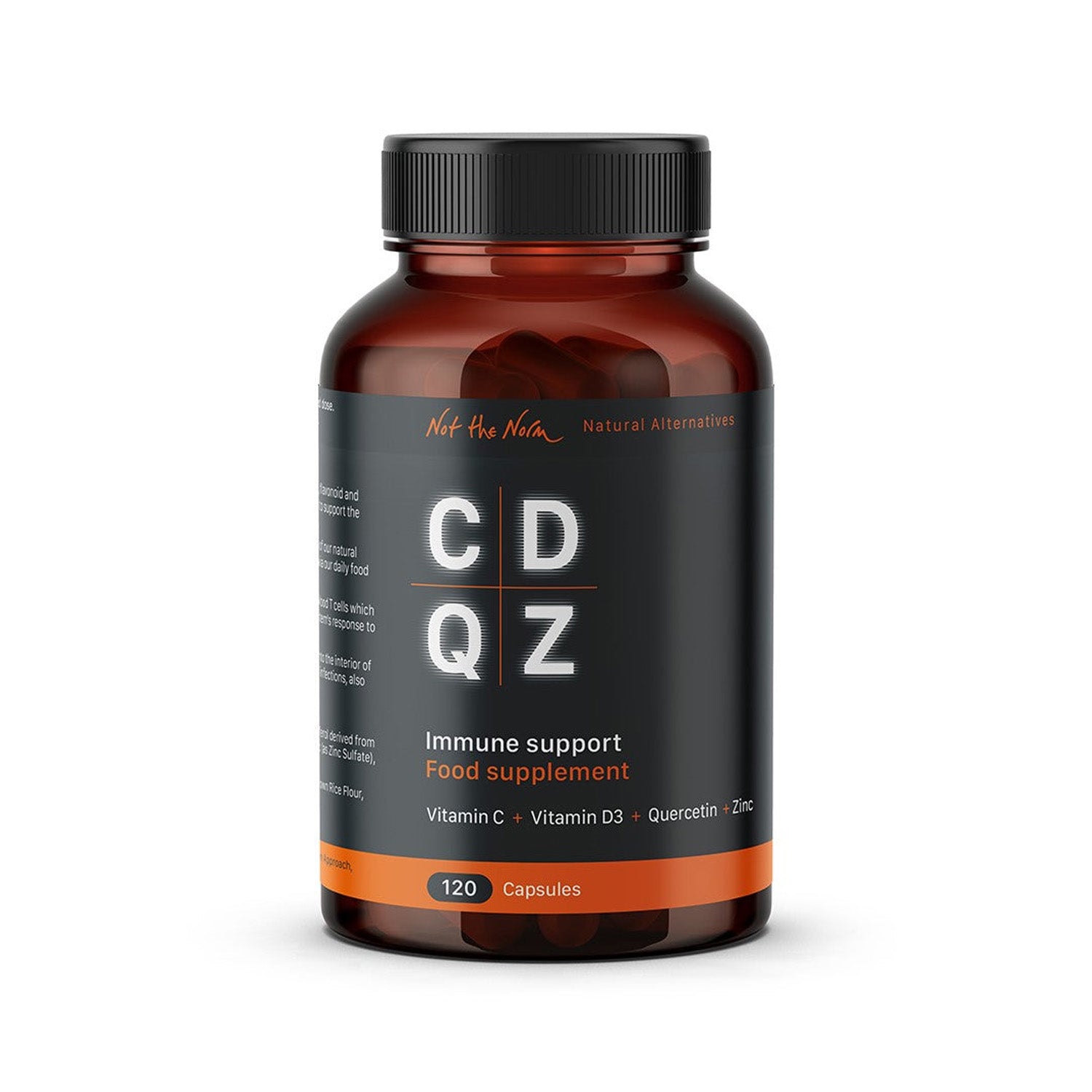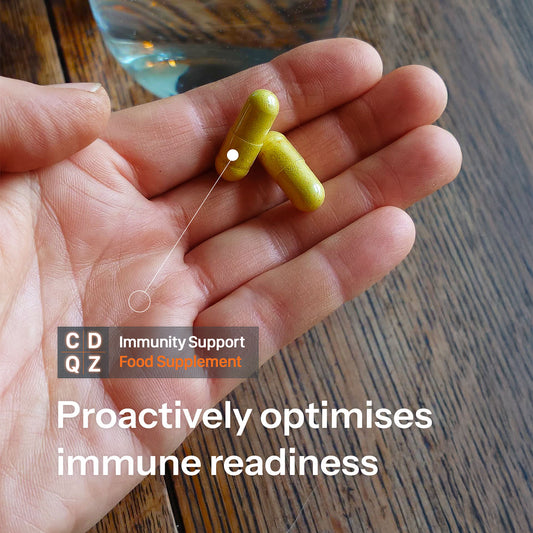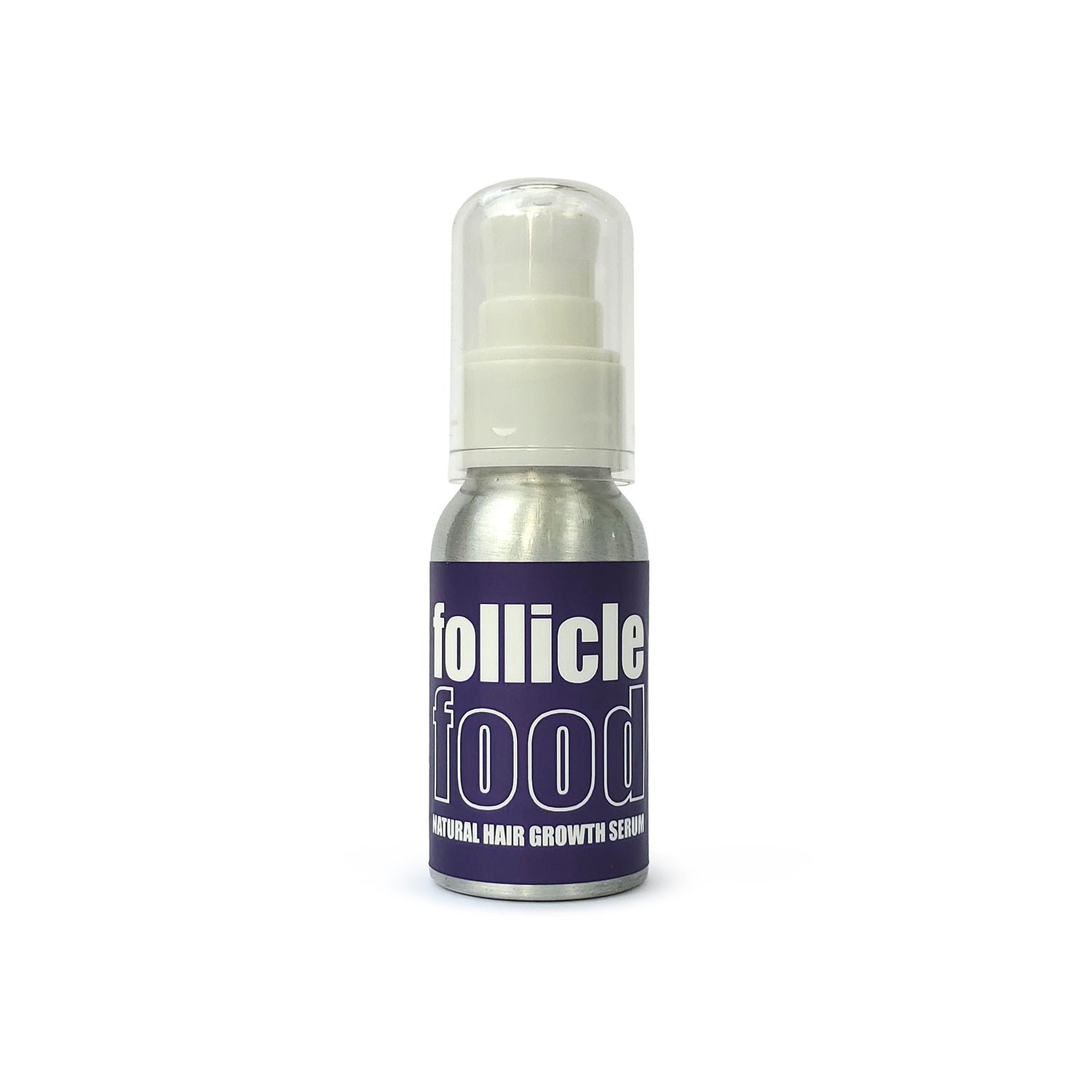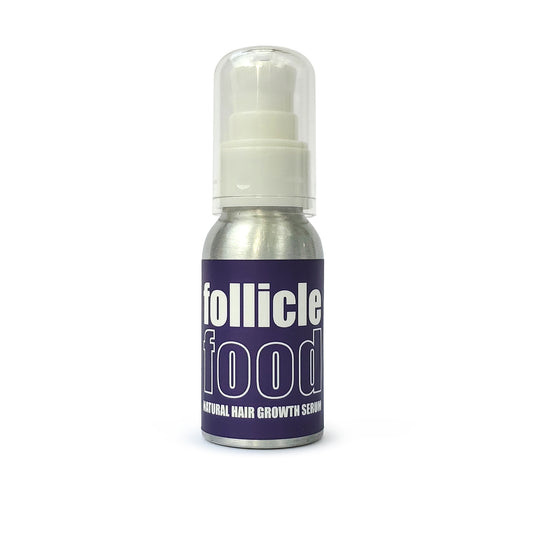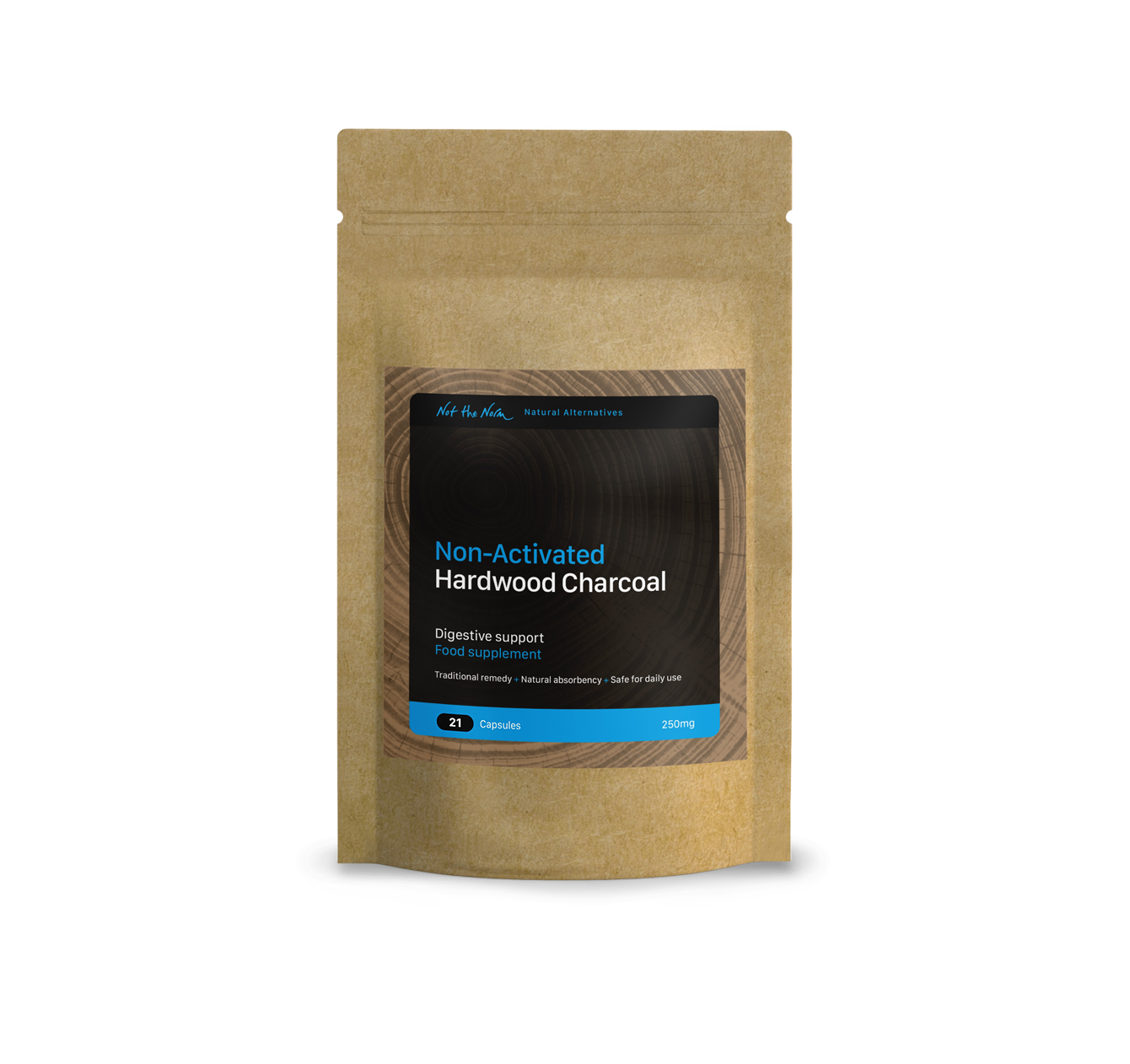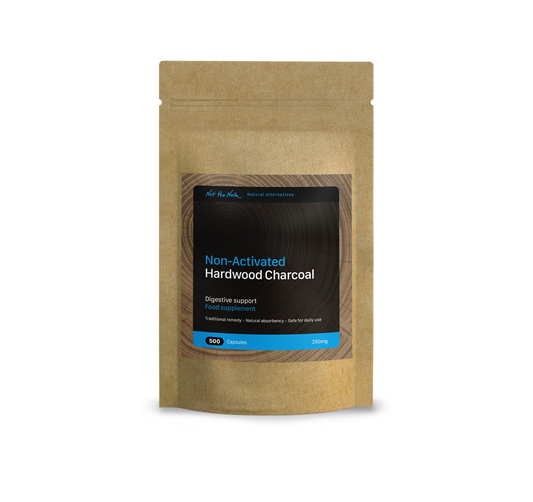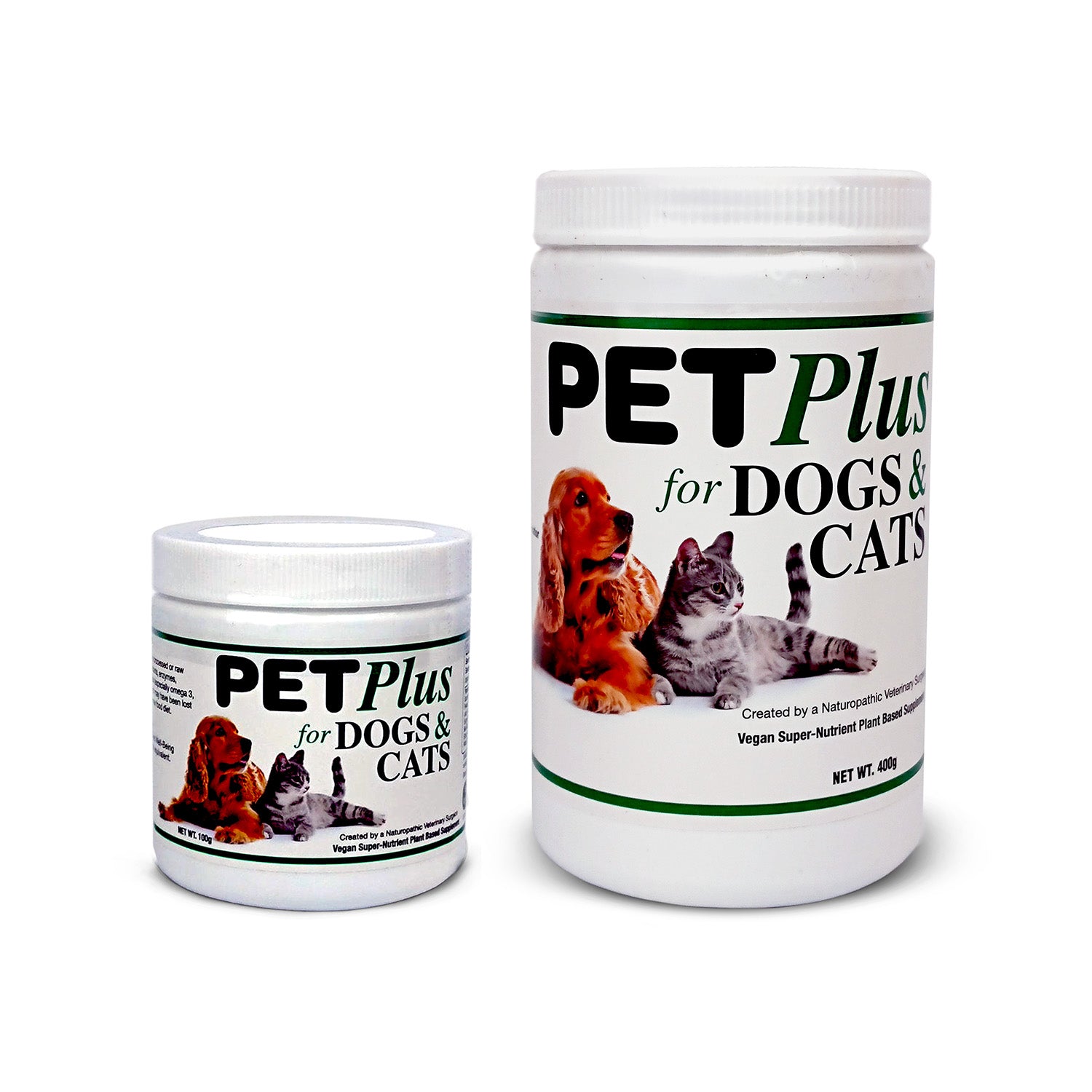As you may already be aware we manufacture Shade and RoKai All-Natural Sunscreen brands. A simple four-ingredient formula, Shade and RoKai are entirely natural and contain only organic, unrefined shea butter and coconut oil, non-Nano zinc oxide and beeswax.
Over the last couple of years, due to demand from the growing vegan, or now popularly termed 'plant-based', consumer movement, we have been acknowledging the increasing demand for a beeswax-free formula.
We have a vegan formula which achieved an SPF10 in the lab despite performing as well as our current formula 'in the field' (so good enough for a daily, but not a primary sunscreen).
I like to thoroughly investigate why I'm doing something, to ensure I'm not just jumping on the bandwagon. What I uncovered about the candelilla wax in the vegan version dismayed me, and has halted production.
Subsequently, I have been looking further into the issues around using beeswax and assessing whether the move to a vegan formula is not only ethically the right move, but sustainably too.
There are many issues to consider and a simple swap from one to the other is not necessarily swapping one perceived 'evil' for an alternative 'good'. After all, if the wax we use as a beeswax substitute uses toxic processing that damages the watercourses, has a high carbon footprint, or the companies that procure the resources have unethical employment practices, or the wax is derived from a plant the demand for which drives deforestation for example, then the sustainability and ethics of using a potential substitute become questionable.
An example of this is candelilla wax. Commonly, and increasingly, used in vegan cosmetics, a cursory search on the 'net will bring up results claiming it to be the perfect alternative for beeswax in cosmetics, yet dig deeper and another picture emerges:
"Exploitation of the Candelilla plant has been going on for more than a century without an integral plan for utilization of this resource. The precarious living conditions of the inhabitants of the region, as well as the lack of other economic activities which could contribute to improving their income levels, have caused the indiscriminate exploitation of the Candelilla plant. This brings with it the threat of the gradual extinction of this important natural resource." - Source
Despite trying to make this a more managed and sustainable crop, there are other issues, such as the fact that sulfuric acid, the acid use to inflict horrific, life-changing scarring in acid attacks, is used in its manufacturing by the 'candelilleros' without any safety equipment at all.
I am what my boyfriend likes to call a 'pragmatic vegan', and it's from this objective, rational and researched angle that I will be making a decision about how we formulate a vegan sunscreen, if we do at all. So, if you've got a bit of time, together let's look into the ethics of swapping beeswax for a vegan alternative.

Question 1: Is harvesting beeswax really unethical?
To come some way to answering this question, I interviewed founder and CEO of beeswax-based cosmetics company (and passionate beekeeper) Julie Macken, Deputy Queen Bee of Neve's Bees.
Me: Could you outline a brief history of beekeeping?
Julie: Opinions vary about how long honey bees have been around on the planet: some sources state about 40 million years, others claim there are fossilised remains of honey bees dating back 150 million years. The earliest records of humans eating honey (and wax), are believed to date back 10,000 years. This has been indicated in prehistoric drawings found in caves, whilst drawings found in Spain and believed to be around 7,000 years old, appear to indicate a form of beekeeping.
Fast forward a few thousand years…On 5 October 1852, Langstroth received a patent on the first movable frame beehive in America – a step change in beekeeping. A Philadelphia cabinetmaker, Henry Bourquin, a fellow bee enthusiast, made Langstroth's first hives for him and by 1852 Langstroth had more than a hundred of these hives and began selling them where he could.
Me: What would happen to bees if we didn’t have beekeepers managing colonies, and why?
Julie: There are over 250 species of bee in the UK alone (and over 20,000 species worldwide). Some, such as Honeybees and Bumblebees, are social; others, such as Leaf Cutter Bees and Mason Bees, are solitary. Many of the ‘bee hotels’ you can make or buy provide shelter for solitary bees. Beekeepers look after honeybees. Clearly bees have survived for millennia before humans kept bees so one could argue that bees would be fine without beekeepers. However, one of the issues facing all bees in modern times is the reduction in forage – wildflowers, trees and shrubs – as areas become increasingly urbanised. One of the key roles of a beekeeper is to manage bee swarms, capturing them when they swarm or splitting the colony before they swarm – it is estimated that 75% of honeybee swams die in the wild - so providing safe haven for swarms prevents these losses. In addition, there are various diseases and mites that beekeepers monitor and treat if necessary – e.g. the varroa mite (a parasite which seriously impairs the health of bees and can cause colony collapse) is one of the key areas monitored and treated by beekeepers – using icing sugar, bee-gyms, Thymol (an essential oil from Thyme) or Oxalic Acid (from rhubarb).
Me: What do bees use wax for in the hive?
Julie: Beeswax is used for building the comb. Comb has two main functions within the hive – 1) Brood comb for growing new bees – the queen lays an egg in each cell, in 3 days these hatches to form a lavae. The worker bees cap this lavae which hatches 21 days later (for a worker bee, 24 days later for a drone). 2) Honey comb for storing honey. Bees bring nectar into the hive which they put in the comb. They then fan their wings to evaporate the water from the nectar until it’s sufficiently concentrated to become honey. When it’s ready, the bees cap the honey with more wax.
Me: How is a hive affected by the harvesting of the wax?
Julie: Most beekeepers use beehives with removable frames. The brood frames are placed at the bottom of the hive and house the queen; the supers (honey frames) are at the top of the hive. There is a ‘queen excluder’ in between with small slots preventing the queen from laying eggs in the honey comb. Bees normally produce 2 or 3 times the honey they need. Beekeepers remove this excess honey from the super frames (most beekeepers leave at least half the super frames for the bees). The wax harvested is the cappings wax from the honey supers. So the hive itself is not really affected by harvesting the honey, except they do lose their excess honey. It is not in a beekeeper’s interest to take honey that the bees might need over the winter as a beekeeper’s role is to ‘keep’ the bees and not to see them starve!
 Me: Do the bees have to work harder to make up for the lost wax?
Me: Do the bees have to work harder to make up for the lost wax?
Julie: Honeybees work hard all the time – you sometimes see colonies with up to 14 super boxes on them (most colonies need one or 2 supers to see them through the winter) regardless of whether a beekeeper removed any of the honey or wasps got to them!
Me: Do you think that the stance that beekeeping is ‘cruel’ is a valid one? If not, why not?
Julie: Honeybees are wild creatures. Beekeepers provide a safe, warm and secure ‘box’ in which they can live, do their best to keep thieves such as mice, rats and other mammals, wasps, hornets, wax moths and other insects away so the bees don’t lose all their stores or even get killed, treat parasites such as varroa, prevent or treat deadly diseases such as AFB and EFB (American Foul Brood and European Foul Brood) and ensure bees have sufficient stores to last throughout winter. The bees are free to fly away and find an alternative place to live at any time they choose; most do not and chose to stay in the ‘box’ provided by the beekeeper. So no, I do not consider bee keeping to be cruel.
Me: In a nutshell, is beekeeping sustainable?
Julie: Cave paintings found 7,000 years ago show pictures of humans keeping bees. Before the 1850s, most beekeepers simply ‘raided’ wild bees to take the honey which does disrupt the hive. In 1852 a chap called ‘Langstroth’ invented (and patented!) the first removable-frame hive – you can still buy Langstroth hives today. His breakthrough was recognising the ‘bee space’ – bees naturally always leave the same sized space between their comb. He built this calculation into his framed hive which means it’s really easy to examine the bees without breaking any of their comb or causing too much disruption to their daily lives. In addition, he separated the parts of the hive where the eggs are laid (the brood box) from where the honey is stored (the honey supers) which means, again, that one or two supers of honey can be collected without disturbing the queen and the brood and making sure the bees have at least half the supers left to see them through the winter.
It is estimated that 75% of bee swarms (how a bee colony grows) will die in the wild. Beekeepers collect these swarms where possible and do their best to keep the bees safe. So I would argue that, not only is beekeeping sustainable but without beekeepers, the number of honeybees would drastically reduce.
I really appreciate the time Julie has taken to answer my questions, and you can check out her wonderful little company at www.nevesbees.co.uk
Question 2: Is all beekeeping equal?

In an attempt to address this question, I have determined that, as you can probably imagine, small-scale beekeeping appears far less of an issue than large-scale commercial beekeeping. Like Neve's Bees, small-scale bee keepers have a vested interest in keeping their bees healthy and happy, they don't have the vast amounts of seemingly endless resources to be unconcerned with their colony's welfare, and they keep bees because invariably they love bees.
On the other hand, according to a number of sources such as PETA's 'The Honey Industry' article (which on the face of it is really quite shocking), industrial-scale bee keeping has an entirely different MO, one that uses exploitation-for-profit without much concern around the welfare of the bees, or the businesses of the bee keepers who loan their hives to large-scale commercial agriculture.
Digging deeper I was interested to read the response from the American Bee Journal to PETA's Save Our Bees campaign:"For Pollinator Week it has come to our attention that PETA has launched a campaign to Save Our Bees, recommending ways that individuals can help protect pollinators. While we fully support their effort to encourage planting more bee forage, we were disappointed to learn that they advocate purchasing a honey substitute and avoiding any beeswax products. In their plea against honey, they have some incorrect facts—writing that a single bee may visit 10,000 flowers in a day and that beekeepers kill the hive after stealing all the honey.
It’s somewhat ironic that the honey alternative they promote is made from organic apples, as honey bees are most certainly used to pollinate the apple orchards. They also don’t seem to understand that most beeswax used in cosmetic products like lip balm comes from wax cappings, a byproduct of honey extraction.
While we certainly believe in protecting and promoting all pollinators during Pollinator week, we are distressed that beekeepers are misportrayed in their campaign. Beekeepers are deeply concerned with the welfare of their charges, going to great lengths to keep their colonies healthy in the face of a fragmented landscape."
"What really gets me is that the same people who preach about how using honey and beeswax are "exploiting" the bees, are the same ones making cheese out of almond milk."and"Sounds terrible until you learn that natural mating results in the drone's penis exploding followed by death."
"...Arp finds himself in a vicious circle: he is constantly battling to keep enough bees alive to meet the requirements of his almond contract. But if he was not pollinating almonds, maybe his bees would be healthier.This year Arp’s bees, like more than two-thirds of the United States’ commercial honeybee population, will spend February in the toxic chemical soup of California’s Central Valley, fertilizing almonds one blossom at a time....almond pollination is uniquely demanding for bees because colonies are aroused from winter dormancy about one to two months earlier than is natural.“Bees are exposed to all kinds of diseases in California,” says Arp.
“There can be hundreds of thousands of hives from multiple beekeepers in one staging area. It is like letting your bees go into a singles bar and then they have unprotected sex.”
Question 3: How “ethical” are current vegan alternatives?
Our ‘To Bee or Not to Bee?’ question is most certainly a complicated issue, but in addition to the possible ethical—or not so much—issues surrounding beeswax, there’s another side to be discussed. How ethical or sustainable are the current vegan alternatives to beeswax?
Beeswax is usually swapped for a plant-derived wax: palm wax, soy wax, olive wax, rice bran wax or more recently, coconut wax.
Palm Wax
I’m not going to go into the issues surrounding palm wax - its huge environmental impact and links to deforestation are quite well documented, not to mention the labour issues which are in quite horrific. Palm has always been a no-go area for us.
Soy Wax
On the surface, soy wax is seen as a more sustainable alternative. Made from the soybean oil, it undergoes a mechanical press processing which means there are little to no harmful chemicals involved in the process (note: some manufacturers use a solvent to extract the oil). However, the soybean is far from an environmentally friendly or even sustainable crop. WWF lists soybean as the second largest agricultural driver of deforestation worldwide, outranked only by beef (source: https://www.worldwildlife.org/industries/soy). Monoculture farming of soy brings further risks, amongst which is the contamination of drinking water due to the use of pesticides and fertilizers to grow enough soybeans to cater to the skyrocketing demand. Brazil is the largest manufacturer of soybeans: in 2016, they exported upwards of 96 million tonnes and to make room for this massive production, in the same year alone, over 330,000 square metres of rainforest were cut down (source: https://beeskin.com/2019/08/01/veganwaxwraps/).
Rice Bran Wax
Rice bran wax is another vegan alternative to beeswax. It’s manufactured as a by-product of the rice bran oil production. Sunflower seed and rice bran wax are amongst the most industrially processed waxes: the rice bran wax is normally bleached with sodium borohydride in isopropanol or washed with Acetone and Ethanol (source: https://beeskin.com/2019/08/01/veganwaxwraps/). Not only that, but there are concerns about the environmental effects of using rice bran wax:
“Nitrous oxide emissions from rice farms are much more potent than other gases, last longer in the atmosphere and trap heat for longer. Nitrous oxide and methane emissions from rice farms could have the same long-term warming impact as 600 coal plants. In the short term, it would be the equivalent of 1,200 coal plants.” (source: https://beeskin.com/2019/08/01/veganwaxwraps/).
Currently, there is also no organic or Fairtrade grade rice bran wax.
Olive Wax
Similar concerns exist about the use of olive wax, made from olive oil. Unlike the rice bran wax, olive wax is manufactured through a relatively chemical-free process, but the issues with sustainability stem from the well-recognised problems surrounding olive farming. The olive sector is actually exempted from any environmental requirements, a fact Science Magazine recently brought to attention (source: https://science.sciencemag.org/content/365/6456/873.1). The Guardian highlights sustainability issues and environmental concerns associated with olive oil manufacturing, amongst which water shortages, droughts, soil erosion, pollution from agrichemicals, all of which can be linked to the progressive industrialisation in olive farming (source: https://www.theguardian.com/environment/2009/jan/04/green-oil-olive-british-rapeseed).
Coconut Wax
Lastly, coconut wax has recently gained popularity, not so much as a beeswax alternative to natural sunscreen as in the manufacturing of candles. Coconut wax is produced similarly to soy wax: by hydrogenating the coconut oil to raise its melting point so that it stays solid at even high temperatures. Brands such as the Flying Farm Candles have emphasised some of the less than stellar practices involved in the manufacture of coconut wax for candles, such as mixing coconut wax with paraffin, a petroleum by-product and something you definitely don’t want ending up on your face. Coconut wax is also significantly more expensive than vegan alternatives or beeswax due to its very low melting point which makes shipping challenging, especially in warmer climates (source: https://flyingfarmcandles.com/blogs/articles/have-you-considered-using-coconut-wax)
So, what’s the consensus? As someone who believes in making informed decisions, my take-home message is that first, vegan alternatives may not necessarily be sustainable or even ethically better, and second, that beeswax itself might not be as problematic as it may appear at a first glance.
For now, we will continue using beeswax sourced from non-industrial beekeepers in our all-natural sunscreen products, but we’ll continue to search for a vegan alternative that ticks all our boxes and performs as well as our current formula, in the hope that one day we'll have a winner that keeps everyone happy.
Tania Wedin
Founder & Managing Director


